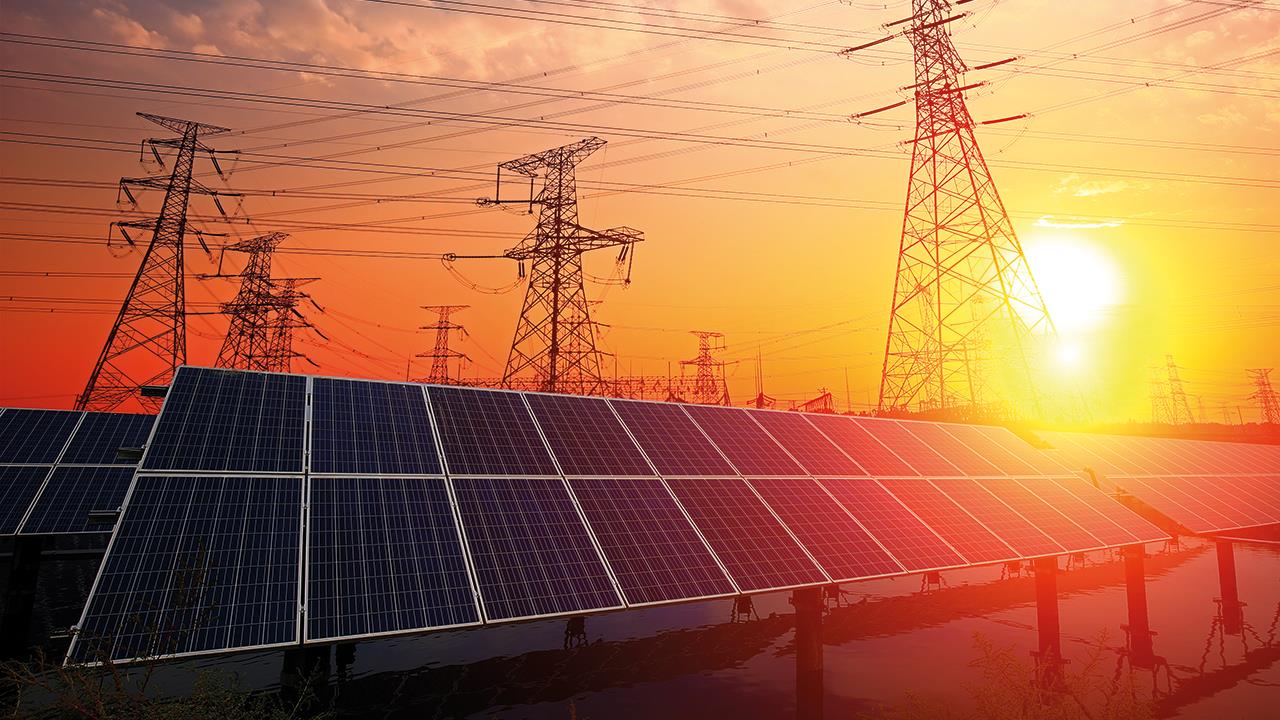


Isaac Occhipinti, Head of External Affairs at the Hot Water Association, explains how hot water storage can solve the issues behind solar PV generating more energy than needed.
We are entering an exciting and dynamic time in domestic energy production and usage. More and more opportunities are opening up for consumers to control their usage, switch their supplier, and generate their own energy.
These rapid changes are empowering consumers in ways that have not been seen before in the energy industry, but they also carry with them immense challenges for our grid infrastructure, especially at a local level, which must be factored in to decisions on our future energy system. Renewables and alternative energy sources are almost ‘old news’ these days. Consumers are more open to the concept, with a significant proportion of them actively seeking ‘alternative’ systems.
Solar PV, for example, has been well received, and typically the vast majority of households with solar PV installations opt to sell their excess electricity to the grid; providing an energy resource for both the homeowner and the grid.
Sounds great, doesn’t it? Unfortunately, the level of exported electricity entering the grid can be high when overall demand is low; i.e. when the sun is out, consumers generally are as well (at least, pre-COVID-19 they were anyway).
Without significant upgrades to grid infrastructure, certain areas are at risk of breaching their capacity (having too much energy), according to electricity distribution companies. Add to this the presumed levels of electric vehicle deployment over the next 10 to 15 years, as well as the ever-increasing need for more houses to be built, and it becomes clear that excess generation could exacerbate a major issue facing grid infrastructure.
This energy needs to be used. One solution for homeowners is to use the excess capacity in domestic hot water cylinders to store that energy, like a giant battery quietly doing its thing in the airing cupboard, serving the hot water needs of the household and supporting the grid at the same time.
Seeking a future decentralised energy system with self-reliant households is one of the reasons that the government is keen to support the development of battery storage technology.
The Hotwater Association (HWA) has long supported the home battery concept, utilising the humble domestic cylinder to serve the household hot water needs while utilising ‘free’ energy. And it seems that energy companies are starting to realise the opportunity that hot water cylinders offer to the wider grid, not just the home they serve.
Some energy companies now pay consumers to ‘dump’ the excess grid electricity. Cylinders often have spare water that could be heated with an electrical immersion heater. With the right set up, consumers can allow the system to turn on their immersion heater at these times, using up that excess electricity. Imagine a battery with the bottom bit serving the home and the top bit (often orange but other brands are available) serving the grid. Seems so obvious when you think about it, doesn’t it?
One of the HWA’s priorities for years has been to explore the UK’s potential to store the energy generated from solar PV systems locally, using hot water storage as the mechanism, making use of the excess electricity and maximising consumer investment. After all, the energy produced by the consumer is more valuable than the payback they receive.
In 2018 our report, The Thermal Battery: Exploring the synergies between hot water cylinders and solar PV, we detailed that, on an average property, the homeowner could save between £90 and £240 per annum and meet around 50% of their hot water energy requirements if they were to divert their excess solar energy using the products currently on the market, which homeowners can connect to their immersion heater.
Those numbers may not pay for the annual holiday but, when you consider that this equates to a three-year payback – based upon 2018 energy prices and average prices of the products required to do this – it becomes a much easier sell to the homeowner. And now we have energy companies recognising the untapped potential of hot water cylinders.
In addition, there are CO2 savings to be made. Diverting excess energy to a hot water cylinder, which may ordinarily be fueled by a boiler, will reduce fossil fuel consumption from the boiler, therefore reducing emissions including carbon.
How we store energy is crucial to meeting our 2050 decarbonisation targets and hot water storage is an existing solution. We have all heard of the ‘Tesla Powerwall’, as well as other attempts to create batteries to store electricity to use later. However, 50% of homes in the UK already have a hot water cylinder, so this is the perfect way to store energy without having to install a new appliance.
If you'd like to keep up-to-date with the latest developments in the heating and plumbing industry, why not subscribe to our weekly newsletters? Just click the button below and you can ensure all the latest industry news and new product information lands in your inbox every week.